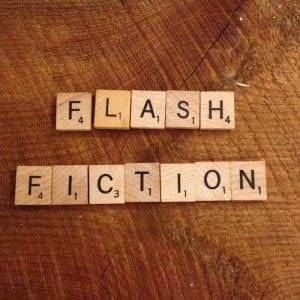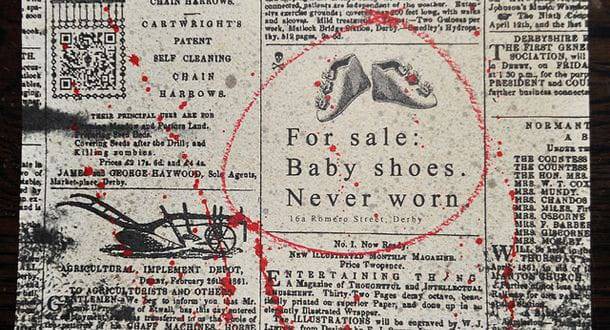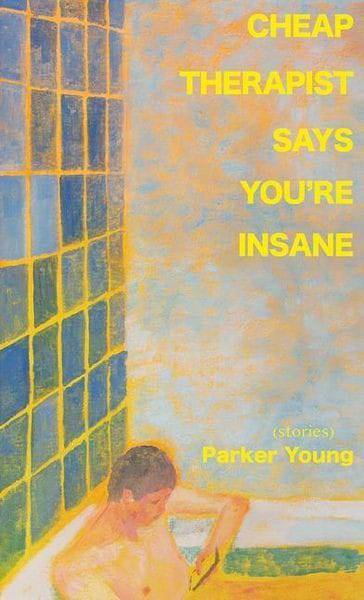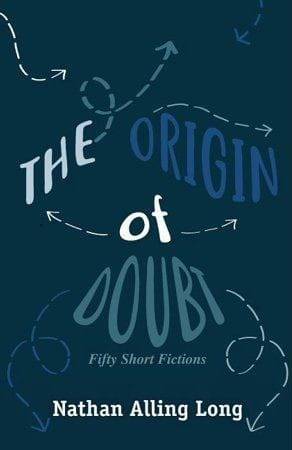Flash fiction is writing with a strict word count budget—folding an entire story into a few handful words, sometimes even fewer. Writing flash fiction isn’t about stuffing; it’s about curating.
When you only have a handful of words, there’s no time to set the table. Flash fiction works best when it starts with action or a high-stakes emotion. Forget about writing about the weather or easing into character backstory. Instead, think of an opening that grabs readers from the very start : “The letter dropped from her hand as she read the last line.” We’re already hooked, curious, and invested, all without a single explanation. Starting in the middle of an intense moment or conversation pulls readers in immediately, making them wonder, What’s happening? Why is it happening? This curiosity drives them to the next line, and the next, all the way to the end.
Flash fiction is a workout in brutal efficiency. Every word should either push the story forward or reveal something vital. Got a poetic description of a sunset? If that sunset isn’t going to change something for the character, it doesn’t belong. Instead, find the one perfect detail that conveys the mood without clogging the narrative. Think of it as Marie Kondo-ing your writing: if a word doesn’t spark narrative joy, let it go.
Flash fiction thrives on suggestion. You don’t need to tell the whole backstory; hint at it. You want readers to feel the weight of the past or the horrors of the present without spelling them out. A quick, sharp detail—like a scar, a tattoo, or a nervous habit—can do a lot of storytelling work without slowing things down. It gives readers just enough to connect the dots on their own.
A classic move in flash fiction is a twist ending. This is the moment that turns around the reader’s understanding of the story or reveals something that changes everything. It could be a last line that redefines the story or adds a deeper meaning. For example: after a story of someone anxiously waiting, the final line could reveal they’re waiting to commit a crime, not prevent one. The goal is to surprise, not to confuse—end with impact, and let the story ring even after the last word.

In flash fiction, dialogue isn’t just filler; it’s action and revelation, all rolled into one. Every spoken line should be double duty—rooting character, building stakes, or advancing the plot. Imagine two characters exchanging lines like, “I didn’t think you’d actually show up.” Boom. That’s tension, character dynamic, and a hint of backstory in just seven words.
Flash fiction works best with a limited cast—think one or two characters. This isn’t the time for pulling out with ensemble casts; instead, focus on making one character feel real and immediate. With fewer characters, you can give more depth and avoid the risk of one-dimensional figures who don’t carry weight.
Flash fiction thrives on leaving a bit of mystery. Not every question needs to be answered, and not every action needs to be justified. Readers appreciate the opportunity to imagine or speculate, as long as there’s a clear takeaway or emotion. Don’t be afraid to leave a few things unsaid, inviting readers to ponder the implications after they finish reading.
Flash fiction teaches restraint better than any other form of writing. Instead of filling the page with beautiful words, you’re selecting just the right ones. Each sentence should feel deliberate, concise, and necessary.
Writing flash fiction is like carving a statue from a block —you start with something large and raw, and cut away everything that doesn’t contribute to the form you want. It’s a process of accuracy , focus, and (yes) a bit of ruthless cutting. Love the constraints, trim the fat, and watch your story pop in those precious, few words.



